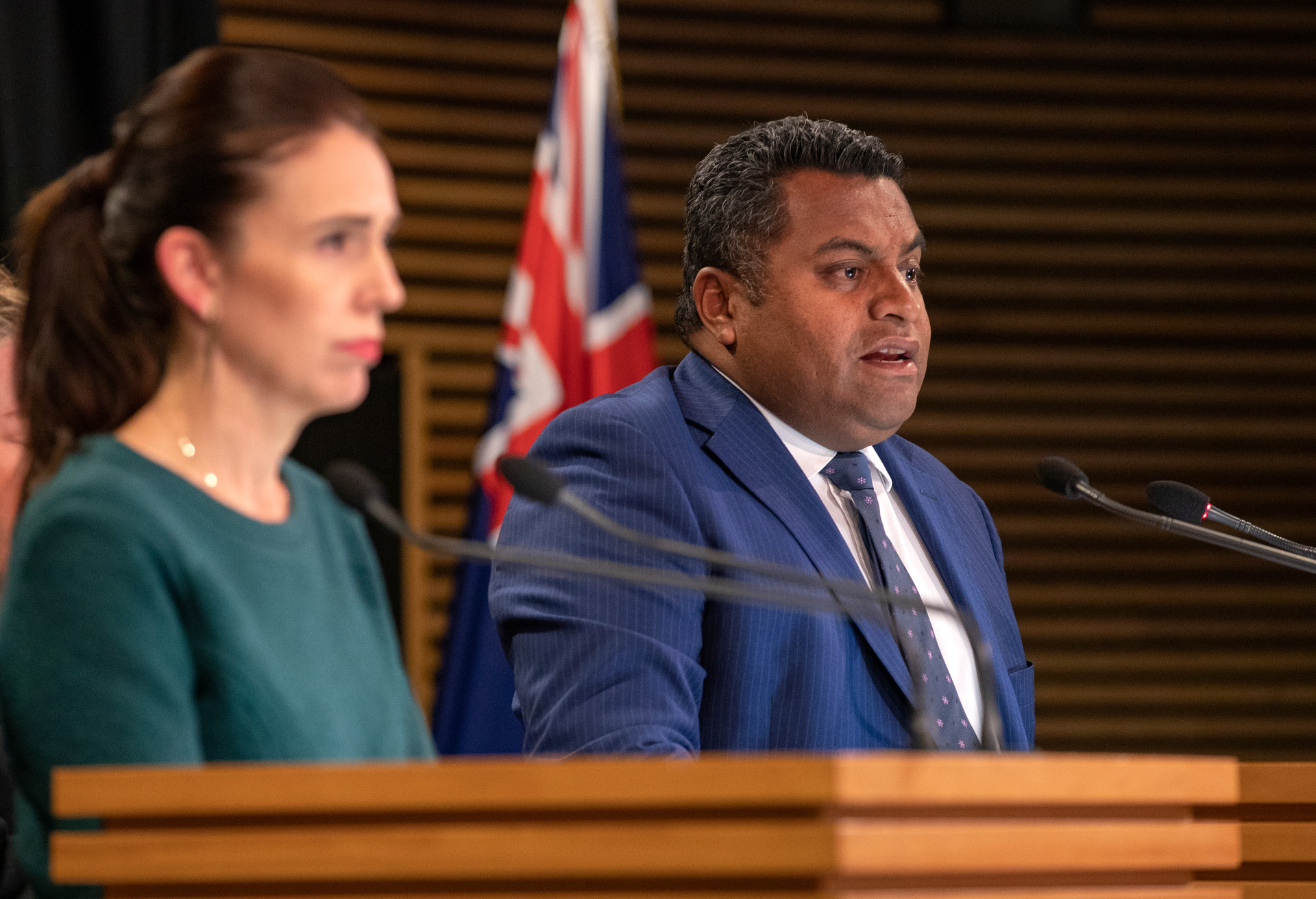When a statutory regulator begins to stretch its mandate beyond what Parliament intended, it is not a minor procedural concern – it is a constitutional matter.
The Broadcasting Standards Authority (BSA) has recently asserted that its jurisdiction may extend to “internet radio” and other forms of internet-delivered audio content. At first glance, this might appear to be an administrative or technological question. It is not. It is about the limits of state power, the certainty of the law and the preservation of freedom of expression in a democratic society.
The Law Association’s Public and Administrative Law Committee has written to Paul Goldsmith, the Minister for Media and Communications, because this development cuts to the heart of our constitutional framework: no regulator may enlarge its own powers through “interpretation” which defies the legislature’s textual exactitude.
In New Zealand, power comes from Parliament – and Parliament alone.
Built for another era
To understand the issue, we must start where the law did – in 1989.
When the Broadcasting Act 1989 was enacted, the term ‘broadcasting’ meant exactly what it sounded like: radio and television signals transmitted over publicly-allocated frequencies “or other means of telecommunication for reception by the public by means of broadcasting receiving apparatus”. These were state-supervised channels of communication, few in number but vast in reach.
The Broadcasting Standards Authority was created to oversee those channels – to set codes of conduct and hear complaints from the public where those standards were breached.
But the world has changed beyond recognition. The internet has democratised content creation, distribution and access. Anyone with a phone can now broadcast to thousands – not through a radio tower but through data packets transmitted via internet protocols. The language of the Broadcasting Act never anticipated this world and its framework is simply not equipped to govern it.
The Law Commission recognised this in its 2013 report News Media Meets New Media, which described a “regulatory gap” for online-only services. Successive governments have recognised this. The Department of Internal Affairs’ Safer Online Services and Web Platforms paper and the Ministry for Culture and Heritage’s Media Reform Discussion Document (February 2025) both acknowledged that the BSA’s remit is limited to traditional broadcasting.
Until recently, that understanding was accepted across government, academia and industry.
When boundaries blur
The BSA now appears to have departed from that long-held position.
In a 2019 paper and a more recent interlocutory decision, the authority suggested that it may have jurisdiction over “online broadcasting that resembles a traditional radio or television station”. That word – ‘resembles’ – is where the problem lies.
Resemblance is not a legal test. It is a subjective, functional concept untethered from statutory language. A regulator cannot expand its jurisdiction because new technologies look similar to old ones. Jurisdiction is not a matter of convenience or analogy; it is a matter of law.
The Broadcasting Act defines ‘broadcasting’ by reference to radio waves and broadcasting apparatus. Internet-based services do not meet that definition. They operate over an entirely different infrastructure – one that was never within the BSA’s statutory contemplation.
To interpret otherwise is to legislate by stealth.
Why it matters
This issue is not about technology – it is about the rule of law.
The cornerstone of administrative law is that state power must have a legal source. Public bodies cannot act unless authorised by statute and they cannot exceed the scope of that authorisation. This principle – sometimes described as the ultra vires doctrine – is not a mere procedural technicality. It is the constitutional mechanism that keeps power accountable.
Legal certainty demands that the law be clear, knowable and predictable. Citizens and content providers should not have to guess whether their speech falls under a regulator’s jurisdiction. Nor should they discover, after the fact, that the scope of regulation has expanded through interpretation rather than legislation.
And when that regulation touches expression – the very act of speaking, publishing, or sharing ideas – the stakes rise dramatically.
Freedom of expression, protected under s 14 of the New Zealand Bill of Rights Act 1990, is one of our most fundamental liberties. Any limit on that right must be “prescribed by law”, meaning it must have a clear and lawful foundation. An agency asserting jurisdiction beyond its statutory mandate cannot meet that threshold.
This is not about defending offensive or controversial speech. It is about ensuring that the machinery of the state stays within its legal boundaries. Because if one regulator can unilaterally expand its reach, others can too.
Two legislative options
To assist the government in restoring certainty and clarity, the Public and Administrative Law Committee has prepared two short draft bills for officials to consider.
Broadcasting Amendment (Abolition of the BSA) Bill
This bill proposes abolishing the Broadcasting Standards Authority in its entirety, with appropriate transitional provisions
The rationale is simple: the BSA model is an anachronism. The media landscape it was designed for – centralised, largely state-owned and frequency-based – no longer exists.
Most major broadcasters and content platforms already adhere voluntarily to the jurisdiction of the New Zealand Media Council, which provides a robust, independent and adaptive self-regulatory framework. The BSA, by contrast, duplicates oversight in a shrinking sector while being ill-suited to the realities of online communication.
Broadcasting Amendment (Definition Clarification) Bill
A more modest reform option is to retain the BSA but clarify that “broadcasting” does not include content delivered via the internet or any internet protocols.
This would codify what Parliament had always intended and what the legal community has long understood – that internet communication is not broadcasting. It would provide clarity to the industry, certainty to the regulator and assurance to the public that the boundaries of power remain fixed by law, not policy.
Both bills are non-partisan. They do not advance a political agenda. They simply reaffirm the principle that law, not administrative ambition, must define jurisdiction.
The broader lesson
This issue, while specific to the BSA, reflects a larger tension facing modern governance.
As technology evolves faster than legislation, regulators are often tempted to fill the gaps through expansive interpretation. But doing so risks undermining democratic accountability. Statutes can and should be modernised but only through the transparent and deliberative process of Parliament.
A well-intentioned regulator acting beyond its mandate is no less constitutionally problematic than one doing so for improper reasons. Legality is not measured by motive. It is measured by authority.
The TLANZ Public and Administrative Law Committee’s position is principled and consistent: agencies must stay within the lines drawn for them, even when those lines feel outdated. The law can evolve but it must do so through proper channels, not administrative improvisation.
In defence of boundaries
In a free and democratic society, the limits on government power are as vital as the power itself. When those limits blur, even slightly, rights that depend on them begin to erode.
This is why the Public and Administrative Law Committee intervened. Not because of any particular program or platform, but because of the principle at stake: that the rule of law, legality and freedom of expression must remain inviolate, regardless of the medium.
The medium may change. The technology will evolve. But the law must remain the law.
“Liberty cannot depend on the good intentions of those in power; it depends on the law to restrain them.” – Justice Learned Hand
This article was originally posted on LawNews Thursday October 30th 2025







